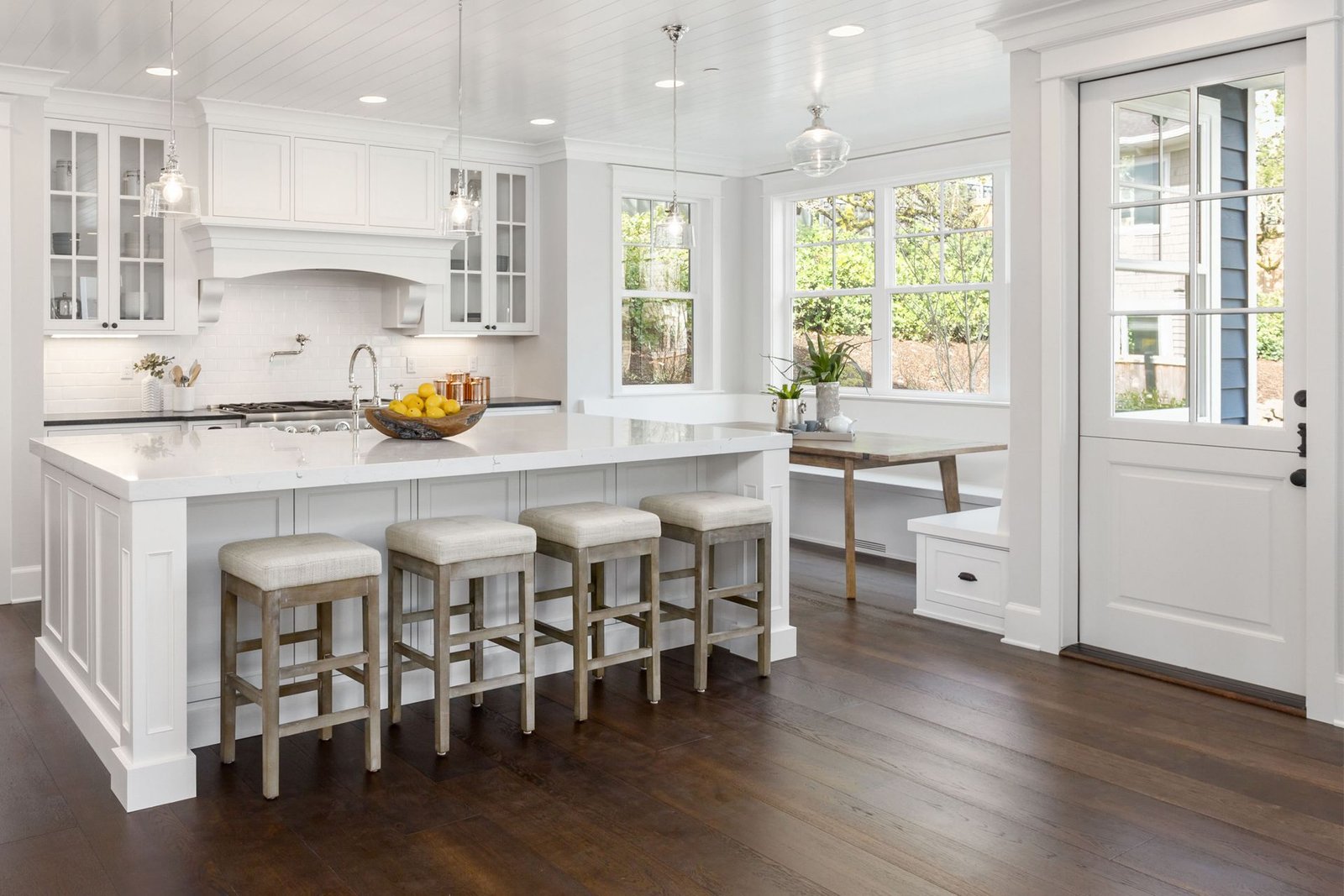Embarking on a home renovation journey in Maryland can be both exciting and daunting, especially when accessibility and market readiness are top priorities. If you’re aiming to transform your space to better serve the needs of all residents, including those with disabilities or planning to sell your home with an edge in the competitive market, you’ve found the right guide. Our team, deeply rooted in Central Maryland, specializes in crafting beautiful, functional spaces that not only meet but exceed accessibility standards, ensuring comfort and independence for everyone. With a keen eye for high-impact updates, from widening doorways to sleek kitchen remodels, and a commitment to leveraging local insights and quality craftsmanship, your project is in capable hands. Let’s navigate the renovation process together, making smart, informed choices that bring your vision to life while adhering to Maryland’s building codes and regulations.
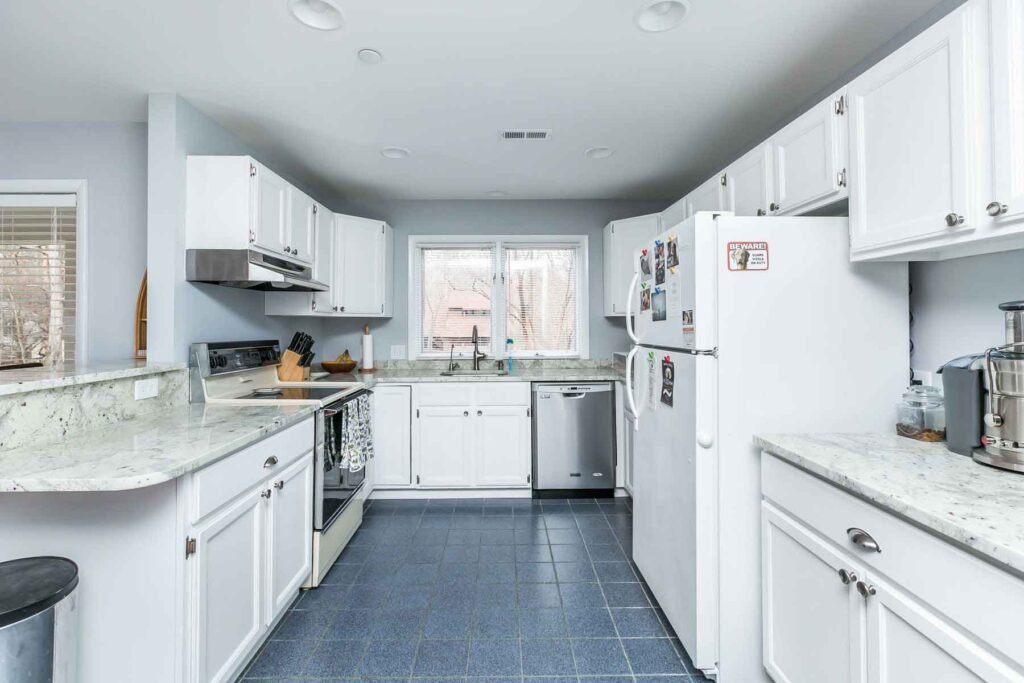
This image is property of www.designbuildremodelinggroup.com.
Understanding Maryland’s Accessibility Regulations
Creating a home that’s accessible and comfortable for everyone is not just a mark of thoughtfulness but also a compliance requirement in many cases. Let’s dive into the framework that governs accessibility in homes, particularly focusing on the specifics for Maryland residents.
Overview of the Americans with Disabilities Act (ADA)
The Americans with Disabilities Act (ADA) sets the benchmark for accessibility standards across the United States. It’s designed to ensure that people with disabilities have the same rights and opportunities as everyone else, including full participation, independent living, and economic self-sufficiency. While the ADA primarily covers public accommodations and commercial facilities, the principles of accessibility extend to private residences, especially in the context of renovations and new constructions aimed at public use or housing for individuals with disabilities.
Maryland-specific accessibility requirements
In Maryland, adherence to ADA standards is just the starting point. The state has its own accessibility requirements, which are often incorporated into local building codes. These regulations can be more stringent than federal standards, covering a broader range of detailed provisions for residential constructions. For instance, Maryland’s codes might specify requirements for clearances, turning spaces, and reachable heights that surpass those outlined by the ADA, particularly in contexts relevant to residential living.
Navigating local building codes for renovations
When planning renovations in Maryland, it’s crucial to consult local building codes. These codes not only encompass state-specific accessibility requirements but also adapt the ADA’s guidelines to the local context. Navigating these regulations might seem daunting, but they ensure your home modifications meet legal standards and enhance livability for individuals with disabilities. For those residing in Central Maryland, tapping into local expertise and consulting with certified accessibility contractors who are familiar with these specifics can streamline compliance and innovation in home design.
Pre-Market Preparation Strategies
Before putting your home on the market, strategic renovations can significantly increase its value and appeal. Here are some tips to prepare your home for a successful sale.
Identifying high-impact renovations for resale
Focusing on key areas that potential buyers care about most can maximize your return on investment (ROI). In many cases, kitchen and bathroom updates yield the highest returns. However, don’t overlook the accessibility aspects. Widening doorways, installing ramps, and ensuring at least one accessible bathroom can make your home stand out to a broader audience, including buyers with disabilities or those planning for their future needs.
Tips for enhancing curb appeal
First impressions matter, and the exterior of your home is the first thing potential buyers will see. Simple updates like fresh paint, landscaped gardens, and well-maintained pathways can significantly boost curb appeal. Making sure the entrance is accessible by adding a ramp or ensuring no-step entry can also make a substantial difference.
Maximizing ROI through strategic updates
Prioritize updates that offer the best bang for your buck. Energy-efficient windows, high-quality insulation, and smart home features can appeal to buyers’ desire for comfort and sustainability, possibly increasing your home’s market value. Incorporating universal design principles in these updates can further enhance the appeal, making your home desirable to a wider pool of buyers.
Incorporating Universal Design Principles
Universal design creates environments usable by all people to the greatest extent possible without the need for adaptation. It’s about inclusivity and accessibility.
Defining universal design
The concept of universal design goes beyond accommodating people with disabilities to crafting spaces that are inherently more functional and comfortable for everyone, regardless of age, ability, or status in life. It’s about creating a living environment that is usable by all people without the need for adaptation or specialized design.
Key elements of accessible home design
Key elements include wide doorways and hallways, no-step entries, reachable controls and switches, and usable kitchens and bathrooms. These features not only make a home more accessible but also more appealing to a broad demographic, including families with young children, elderly inhabitants, and those with temporary injuries.
Integrating aesthetics with functionality
Universal design does not mean compromising on style. In fact, many accessible features can be seamlessly integrated into the home’s design, enhancing its overall beauty and functionality. For example, lever door handles and faucet handles, which are easier to use for people with limited hand strength, can also add a modern touch to doors and sinks.
Major Accessibility Renovation Areas
Focusing on specific areas can make a substantial difference in creating an accessible and comfortable home. Here are three critical areas to consider.
Widening doorways for better access
Widening doorways not only makes your home more accessible but also creates a sense of openness. A minimum width of 32 inches is recommended for interior doors, while entry doors should aim for 36 inches to accommodate wheelchairs and walkers comfortably.
Bathroom modifications for safety and ease
Bathrooms are critical areas that can benefit significantly from accessible design. Consider installing grab bars, a walk-in shower with a bench, and a comfort-height toilet. These modifications can enhance safety and independence for individuals with mobility challenges.
Kitchen renovations for independence
An accessible kitchen allows everyone to participate in cooking and gathering, enhancing independence and social interaction. Adjustable countertops, pull-down shelving, and open under-counter spaces for knee clearance are just a few examples that can make a kitchen more accessible for all users.
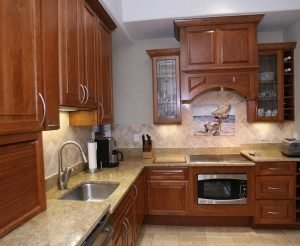
This image is property of www.signatureelevators.com.
Adaptive Technologies and Equipment
Incorporating technology and specialized equipment can significantly enhance the functionality of an accessible home.
Leveraging technology for home automation
Home automation systems allow individuals to control lighting, temperature, security, and entertainment systems with ease, often through voice commands or smartphone apps. This can be particularly empowering for individuals with mobility or sensory impairments.
Essential assistive devices
Various assistive devices can make daily tasks more manageable. For example, motorized lift systems can assist with transferring from a wheelchair to a bed or bath, while voice-activated systems can help control the home environment. Installing adjustable countertops and sinks can also provide practical benefits.
Integrating smart home features for accessibility
Smart home features, like doorbell cameras, smart locks, and automated lighting, not only add convenience but also enhance safety and independence for individuals with disabilities. These features can be easily controlled via smartphone apps, making them an excellent addition to any accessible home renovation.
Navigating Funding and Financial Assistance
Renovating a home for accessibility can be costly, but various funding options and financial assistance programs are available to help.
Exploring grants and loans for accessible home renovations
Numerous grants and loan programs are designed to support homeowners in making accessibility improvements. These can range from government-funded programs to grants offered by non-profit organizations. It’s worth exploring these options to help offset renovation costs.
Insurance coverage for accessibility improvements
In some cases, your health insurance or long-term care insurance may cover certain accessibility improvements, especially if they are deemed medically necessary. Consulting with your insurance provider can provide insights into what might be covered.
Maryland state assistance programs
Maryland offers several state assistance programs aimed at helping residents with disabilities or those making homes more accessible. These programs can offer financial assistance, resources, and guidance on complying with accessibility regulations and making your home more livable for everyone.
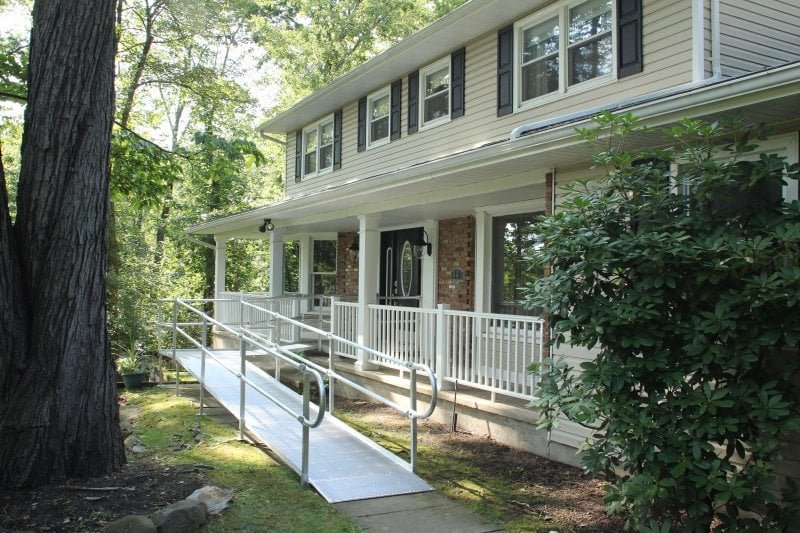
This image is property of www.homeadvisor.com.
Hiring the Right Professionals
Ensuring your renovation project is in the right hands is crucial for achieving your desired outcomes.
Seeking certified accessibility contractors
Hiring contractors with experience and certification in accessibility renovations can make a significant difference in the project’s success. Look for professionals with credentials from recognized organizations and a portfolio that demonstrates their expertise in creating accessible spaces.
The importance of local expertise
Local contractors will be familiar with Maryland’s specific building codes and accessibility requirements, ensuring your renovation complies with all relevant regulations. They can also provide valuable insights into local trends and resources that can benefit your project.
Ensuring clear communication and understanding project scope
Clear communication with your contractor is essential for ensuring that your vision for the renovation is fully understood and realized. Be sure to discuss the project’s scope, timeline, and budget in detail, and establish a communication plan for the duration of the project.
Energy Efficiency and Sustainability
Incorporating energy-efficient and sustainable features into your accessibility renovations can have long-term benefits for both the environment and your wallet.
Incorporating energy-efficient upgrades
Energy-efficient upgrades, such as LED lighting, low-flow plumbing fixtures, and high-efficiency HVAC systems, can reduce your home’s energy consumption and utility bills. These upgrades can be easily integrated into broader renovation projects, contributing to a more sustainable and cost-effective home.
Benefits of sustainable materials
Using sustainable materials in your renovations not only benefits the environment but can also improve indoor air quality and reduce exposure to harmful chemicals. Look for materials with low VOC emissions and those sourced from renewable or recycled sources.
Reducing carbon footprint through smart renovations
Smart renovations that improve energy efficiency can significantly reduce your home’s carbon footprint. This not only contributes to environmental preservation but can also enhance the comfort and livability of your home, making it an appealing feature for future buyers.
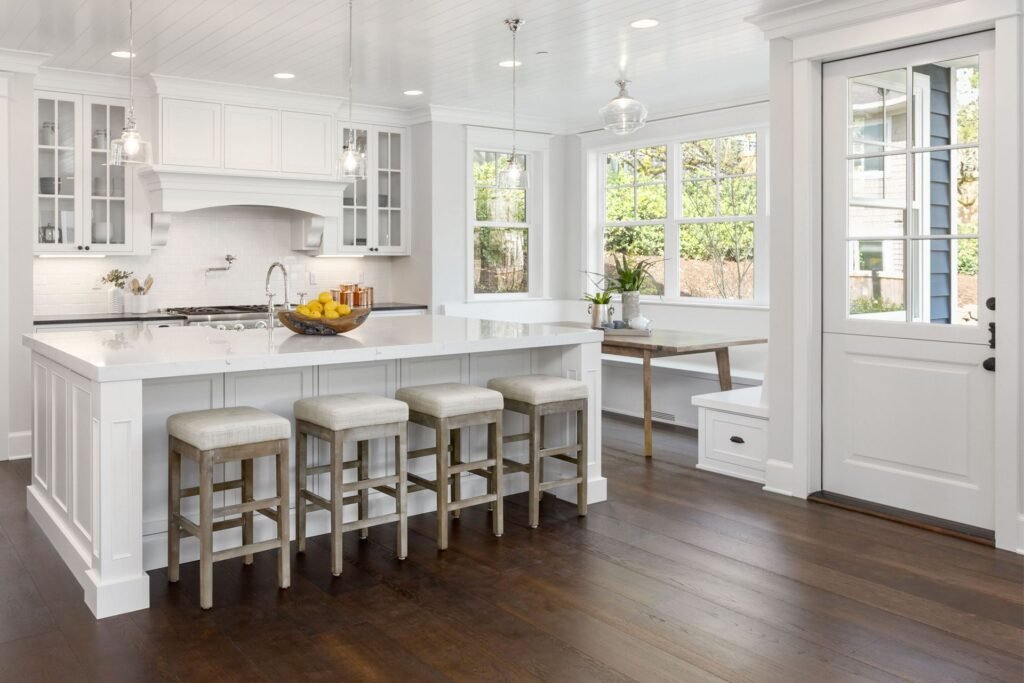
This image is property of le-cdn.hibuwebsites.com.
The Role of Landscaping in Accessibility
Accessible landscaping is an often overlooked aspect of creating an inclusive home environment. Here are some considerations for integrating accessible design into your outdoor spaces.
Creating accessible outdoor spaces
Accessible paths and entrances play a crucial role in making outdoor spaces usable for everyone. Consider installing ramps, wide pathways, and level surfaces to ensure easy access and movement around the garden and entryways.
Landscaping for ease of movement
Choosing the right landscaping elements can make a significant difference in accessibility. Opt for low-maintenance plants and hardscaping materials that provide stable and non-slip surfaces. Raised beds and container gardens can also be more accessible for individuals who find bending and kneeling challenging.
Integrating outdoor living areas
Outdoor living areas, such as patios and decks, can be designed with accessibility in mind, allowing everyone to enjoy outdoor gatherings and relaxation. Ensure that these areas are easily accessible, provide ample maneuvering space, and include accessible seating and tables.
Project Management for Accessible Renovations
Successfully managing an accessible renovation project involves careful planning, organization, and attention to detail. Here are some tips to help you navigate the process.
Planning and organizing an accessible renovation project
Start with a clear plan that outlines your goals, budget, and timeline. Consider hiring a project manager or consultant who specializes in accessible design to guide the process and ensure compliance with all regulations and standards.
Budgeting tips and cost control
Develop a detailed budget that accounts for all aspects of the renovation, from materials and labor to permits and unexpected costs. Prioritize spending based on the impact on accessibility and look for opportunities to apply for grants or financial assistance to help manage costs.
Building a timeline and managing expectations
Establish a realistic timeline for your project, considering any potential delays or challenges that may arise. Communicate regularly with your contractor and project team to stay informed of progress and address any issues promptly. Managing your expectations and being flexible can help ensure a smooth renovation process and a successful outcome.
Guiding accessible home renovations in Maryland requires a comprehensive approach that considers regulatory compliance, functional needs, and aesthetic preferences. With the right planning, professionals, and resources, you can create a comfortable, accessible, and valuable home that meets the needs of all inhabitants, now and in the future.
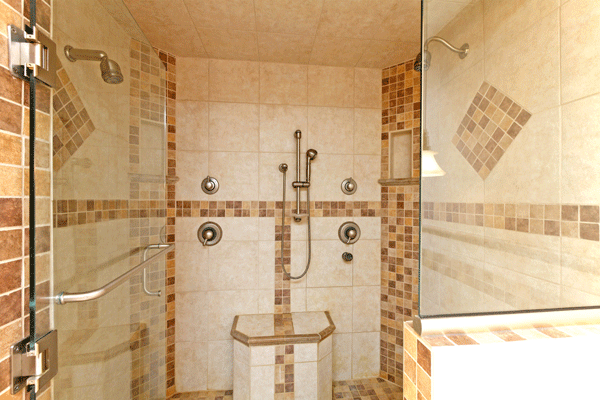
This image is property of finerremodeling.com.
